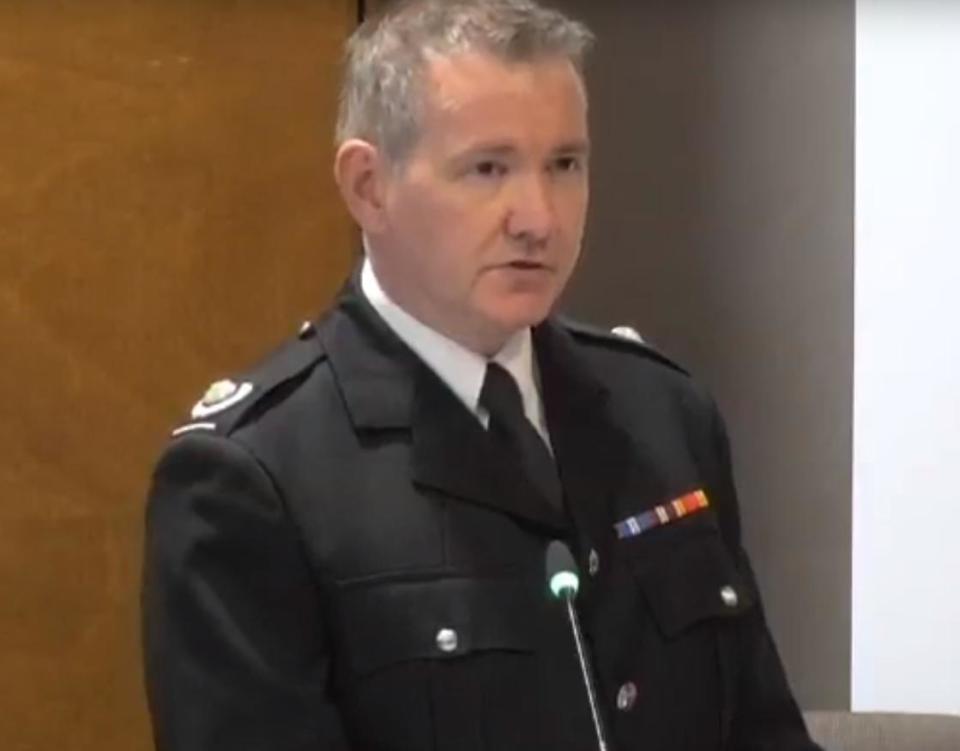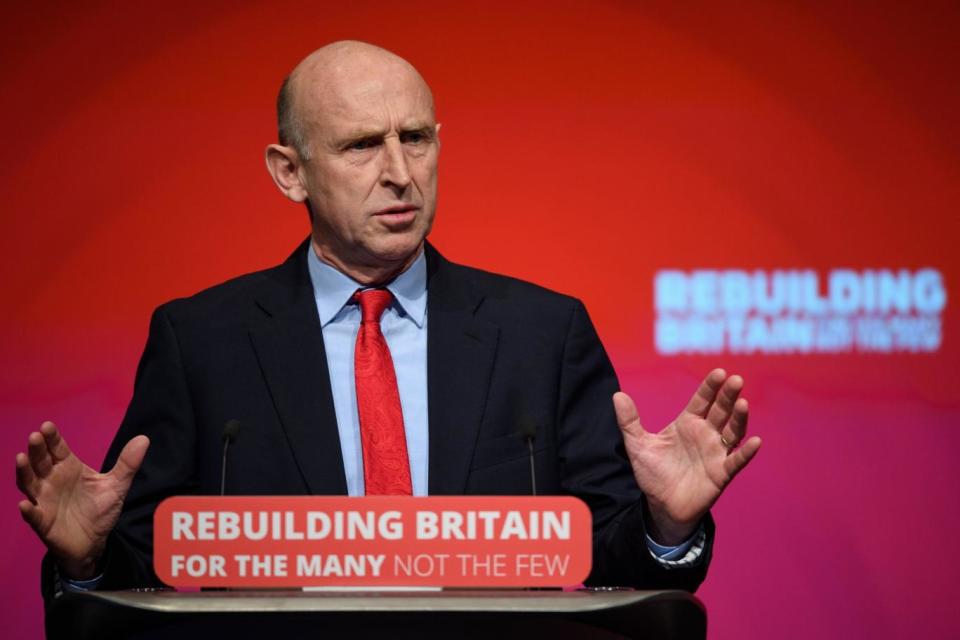Grenfell fire commander 'believed only one or two flats would go up in flames'

A fire chief in charge of tackling the Grenfell Tower blaze has said he expected only "one or two" flats to catch alight "if we were unlucky" after flames licked up the block's exterior.
Incident commander Andrew O'Loughlin immediately recognised the fire's spread up the east side of the tower was "exceptional" but that it looked as though it had "possibly done its worst", shortly after he arrived at 1.55am.
He said his expectation was that the concrete building "should protect itself from the burning cladding", envisioning flames would enter only a couple of flats.
In a written statement to the Grenfell Tower Inquiry, currently hearing evidence from fire officials, at Holborn Bars, he said: "At this time, I concluded that the speed and violence of the fire was in our favour.

"The cladding was rapidly burning and falling off the building and the fire had already hit the roof, so shouldn't really go any further.
"It's understood that fires travel vertically and only travel a little bit horizontally sometimes, perhaps to a flat next door, but they don't tend to go downwards.
"My expectation was that if we were unlucky, perhaps one or two flats, with open windows, could catch light, but it looked, at this point, as though the fire had possibly done its worst on the east elevation."

Mr O'Loughlin added: "I concluded that this was actually helpful for us, as the cladding had effectively burnt off the building, leaving only pockets of fire."
But his original estimations were "probably two low", and after hearing the number of calls from trapped residents he would have expected far more to be affected.
Half of privately-owned buildings still don't have plans to remove cladding
159 social-sector residential buildings, managed by local authorities or housing associations (22 are completed, 99 are in progress)
295 private-sector buildings - only 10 have finished works and for 124 "remedial plans remain unclear".
205 buildings in total are yet to even start work to remove Aluminium Composite Material (ACM) cladding.
Some 71 people died in the fire on June 14 last year, with a 72nd resident dying months later.
London Fire Service has previously taken criticism after control centre operatives revealed they stuck to official advice for several hours, to tell residents to stay in their homes.
But the fire chief said there was "no reason" to believe the external fire would spread to the building's other three sides or that it would move beyond a small number of individual flats if they caught alight.
He added that firefighters were "having to take a reasonably high level of risk to rescue members of the public, whilst knowing that despite our efforts a large number of people were still going to die."

"The only plan for a future incident would be to not let it happen in the first place, as it couldn't be managed," he told the inquiry.
The testimony comes as calls are made for Theresa May to stop "dragging her feet" over the disaster.
Shadow housing secretary John Healey blasted her response 15 months after the fire, as nearly half of Grenfell survivors still have not got permanent new homes, more than 400 tower blocks remain "cloaked in lethal Grenfell-style cladding".
Speaking at the Labour Party conference in Liverpool, he said: "If this was where your family slept each night, would you fail to act over 15 long months?"
The latest housing ministry figures published through the Building Safety Programme on Thursday show there are still 468 high-rise blocks and public buildings which still use the Grenfell-style cladding. Only 32 have completed remedial work and only 26 of privately-owned buildings are currently in the process.
Fire Brigades Union general secretary Matt Wrack, moving an emergency motion for debate, also said: "The Government is consulting on what should be done about this cladding - you don't need to consult, you just need to take a decision to remove it."
A spokesman for the Ministry for Communities, Housing and Local Government said: "The Government’s highest priority has been to ensure the survivors and the wider community receive the support they need.
“We acted swiftly to establish a comprehensive building safety programme, issued clear guidance to building owners and committed to a full review of the building regulatory system.
“To date, the Government has committed £400 million on cladding remediation and has spent over £46 million to support the recovery following the Grenfell Tower fire, and committed an additional £34 million. This includes rehousing costs, new mental health services, investment in the Lancaster West Estate, and a new community space.”

 Yahoo News
Yahoo News 
